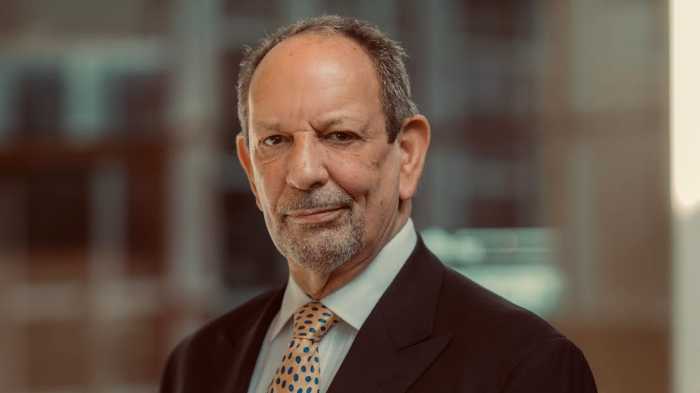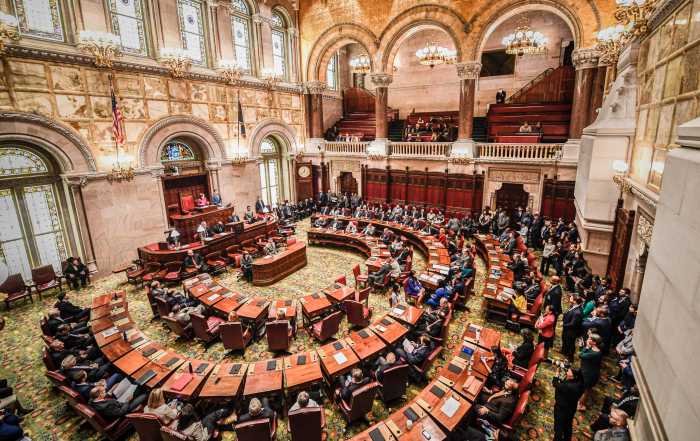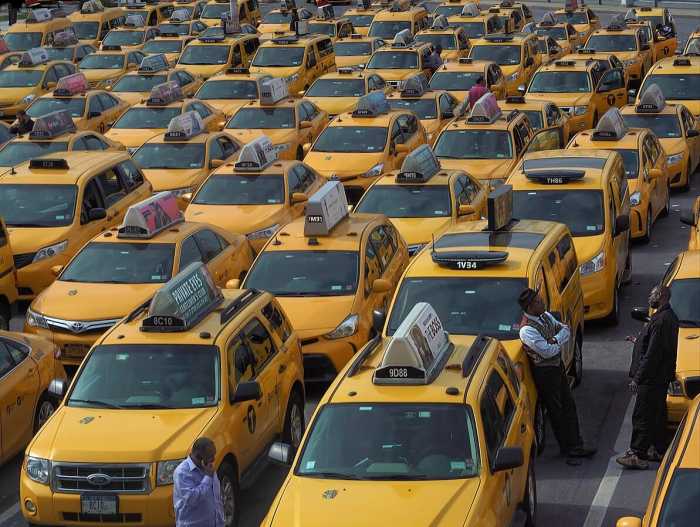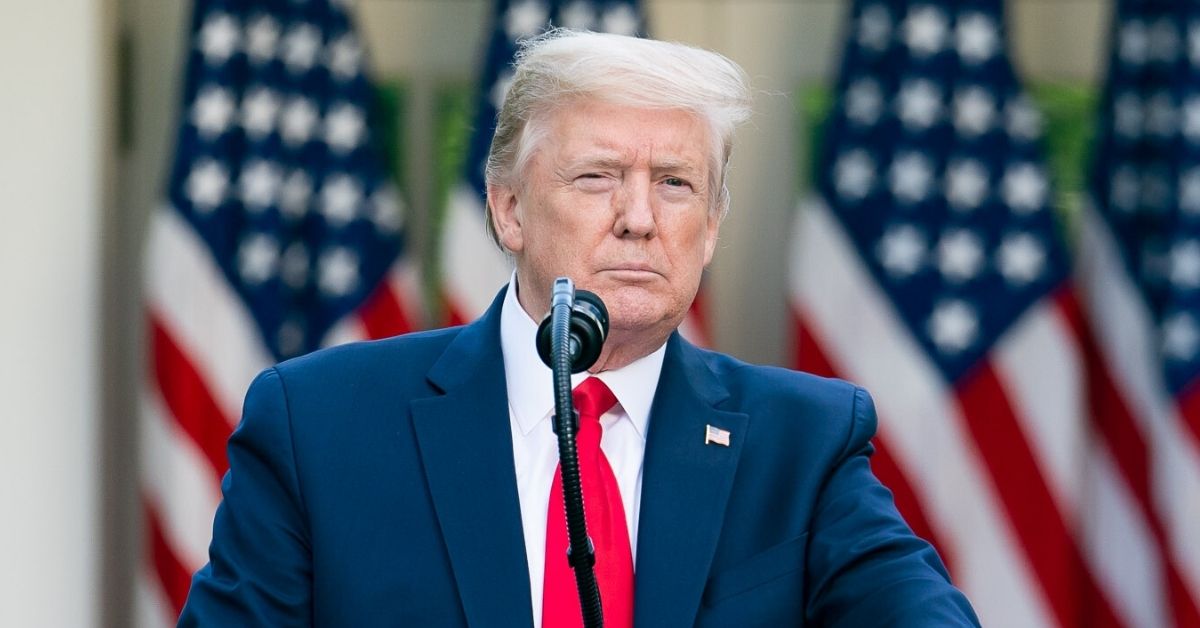Whether Ferguson, Missouri or New York City, no institution in this country is as racially polarized as our criminal justice system. It’s a zero-sum game.
And the police are the face of it.
Why do so many black Americans distrust the police? When I was a young reporter in Detroit, the city’s then-police commissioner, Ray Girardin, told me what it had been like for blacks. “A black man would go to a police station to report his bicycle stolen,” he said, “the police would arrest him for stealing his own bicycle.”
Forty years later, the remark resonates. We don’t want to think NYC was that bad. Still, in the 1970s, Clifford Glover, a 10-year-old black child, was fatally shot by a cop in the back as he fled a vacant lot in Queens. Randolph Evans, a black 15-year-old from Brooklyn, was fatally shot in the head by a cop. Both cops were white. Both were acquitted.
In 1983, six white transit cops beat Michael Stewart, a 25-year-old black man, to death after he was caught smoking a joint in Union Square. The officers, all white, were acquitted.
In 1999, four white cops shot and killed innocent African immigrant Amadou Diallo as he stood in the vestibule of his Bronx apartment building. A cop said he thought Diallo was reaching for a gun. It turned out to be a wallet. They, too, were acquitted.
In 2004, Timothy Stansbury, a 19-year-old black man from Brooklyn, was fatally shot by a cop on a Bed-Stuy rooftop. The shooting was ruled accidental and the cop was not indicted.
In 2006, 23-year-old Sean Bell, another black man, was fatally shot by cops after leaving a bachelor party. They, too, were acquitted.
That’s one side of the racial polarization. The other is the violence in many black communities and the inability of local officials to prevent it.
In the 1980s as a crack epidemic raged and the homicide rate skyrocketed, Benjamin Ward, NYC’s first black police commissioner, referred to “our dirty little secret.” He meant that most crime in the city is committed by young black males against other black males. Black officials criticized him at the time.
Crime has nose-dived in NYC, and across the nation, since Ward’s comments. But black-on-black crime remains a frustrating challenge for both police and African Americans, many of whose leaders find it difficult to acknowledge the problem publicly.
Still, race permeates decisions in the criminal justice system. Last week, six members of Congress from the city urged Attorney General Eric Holder to remove the case of Eric Garner, the black man who died from a chokehold as police tried to arrest him, from Staten Island D.A. Dan Donovan. They asked Holder for a federal probe. Five of the six congressmen are black. Donovan is white.
Removing a case from a D.A. is extraordinarily rare. The last time it happened was nearly 20 years ago. That decision also had racial overtones.
In 1996, after the fatal shooting of police officer Kevin Gillespie in the Bronx, then-Gov. George Pataki removed the case from Bronx D.A. Robert Johnson and appointed a special prosecutor. Johnson, then the only African-American D.A. in the state, opposed the death penalty. Pataki’s decision proved moot when Gillespie’s alleged killer hanged himself in prison.
Manhattan’s former District Attorney Robert Morgenthau also opposed the death penalty. No attempt was ever made to remove a case from him.
Similarly, the Diallo case was removed from a black judge. After the case was assigned to Acting State Supreme Court Judge Patricia Williams, attorneys for the Patrolmen’s Benevolent Association persuaded the Appellate Division to move the trial out of the Bronx, arguing the cops could not get a fair trial there. The judges moved the trial to Albany. There, the four cops were acquitted.
Holder has said the country is afraid to conduct a full-throttle discussion of race. That applies to both blacks and whites. Until that discussion happens, there will be more Michael Browns and Eric Garners.







































